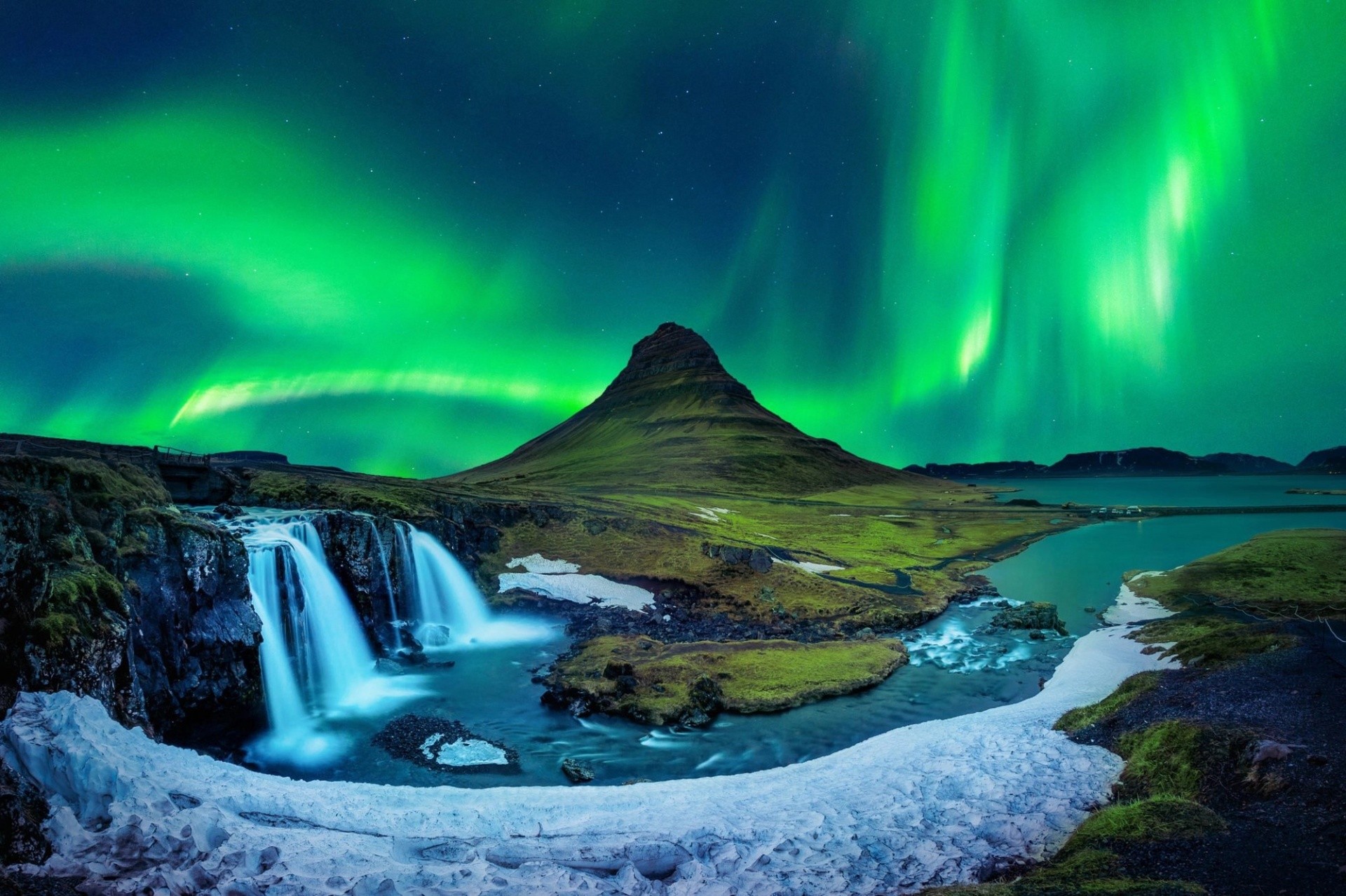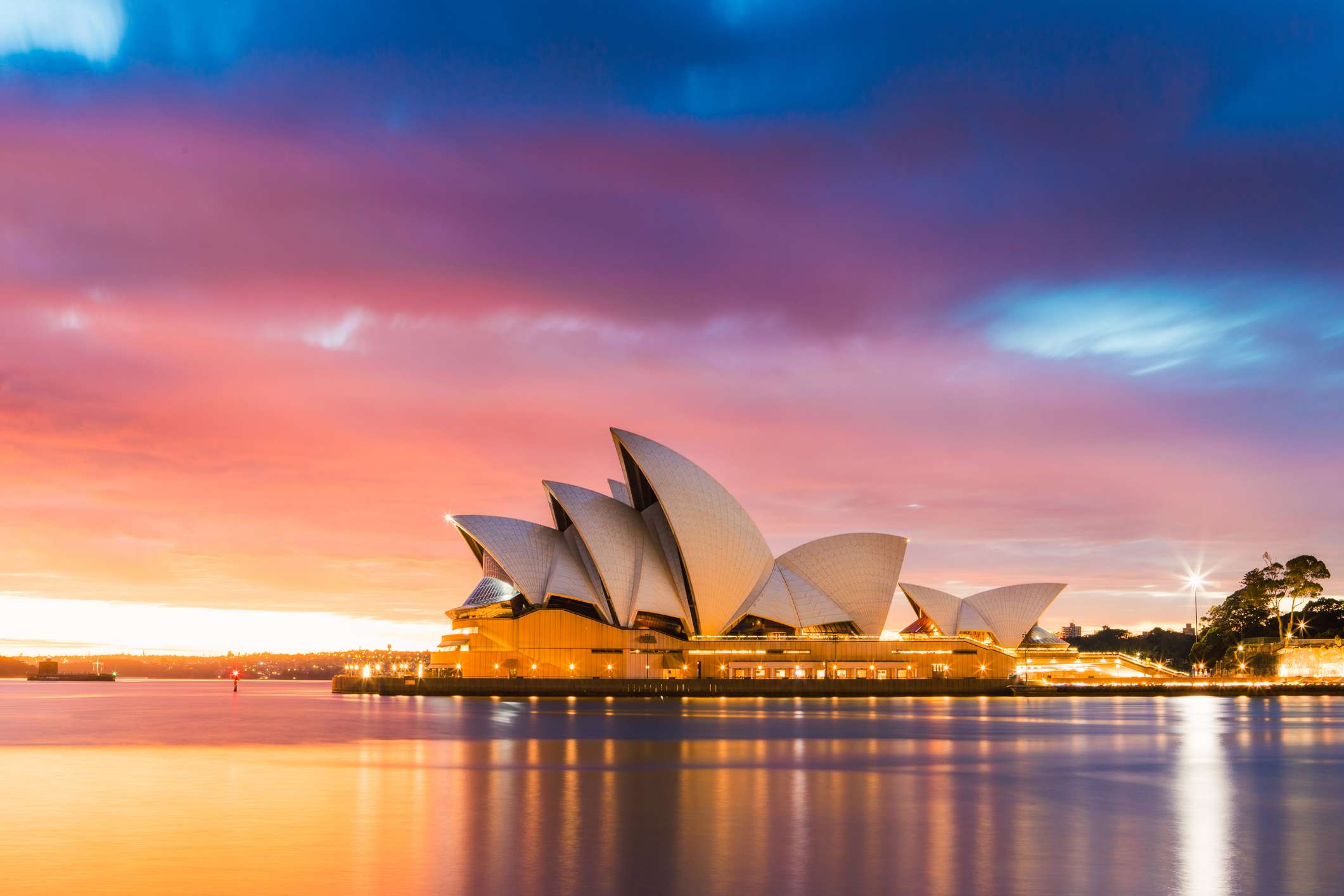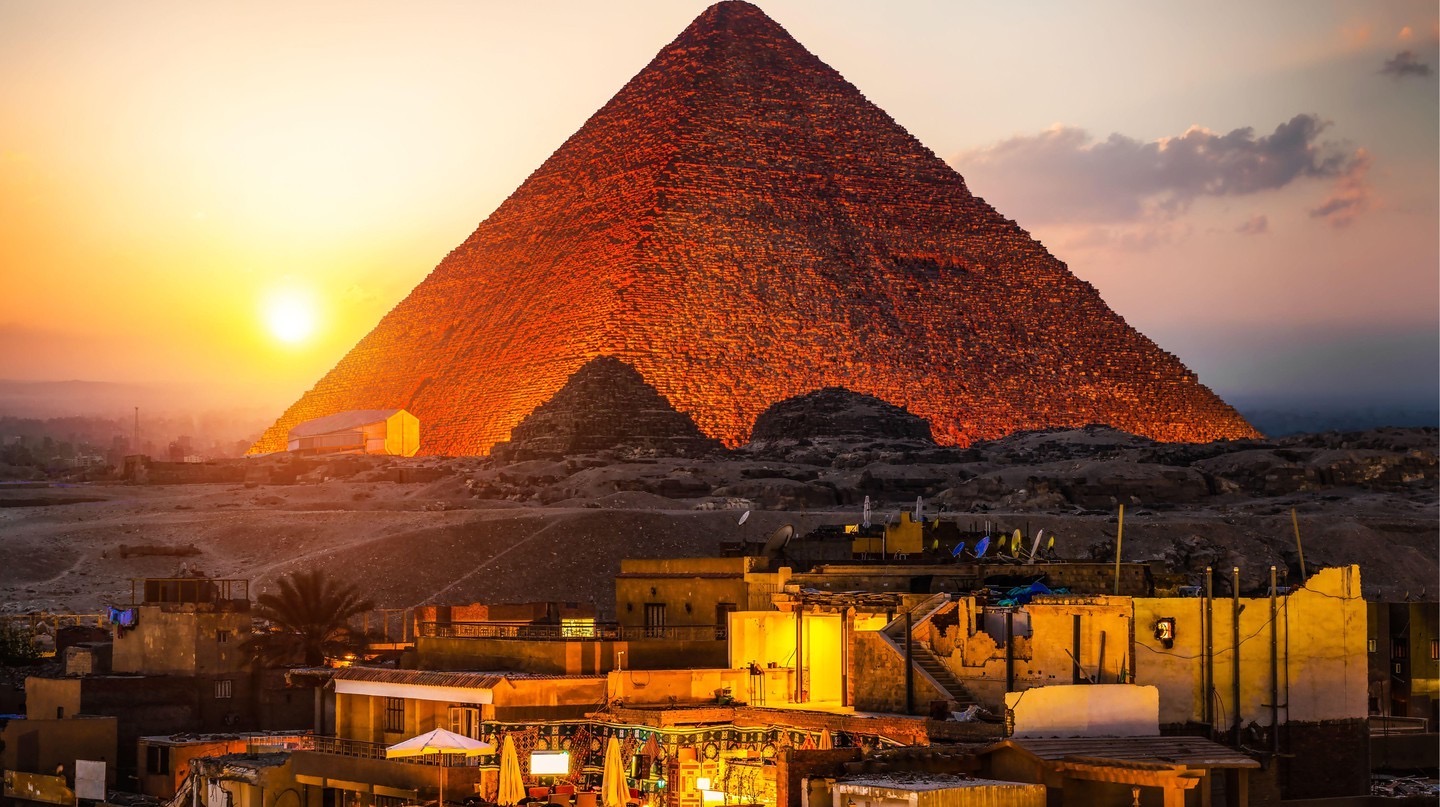Iceland is a land of contrasts, where hot springs and glaciers coexist and where the sun can shine for 24 hours a day during the summer months.
Located in the North Atlantic Ocean, just below the Arctic Circle, Iceland is a small island nation with a population of just over 350,000 people. One of the most unique features of Iceland is the "Midnight Sun," a natural phenomenon that occurs during the summer months. From late May to early August, the sun never sets below the horizon, meaning that the sky remains bright for 24 hours a day. This natural phenomenon has fascinated visitors for centuries and has become one of Iceland's most popular tourist attractions.
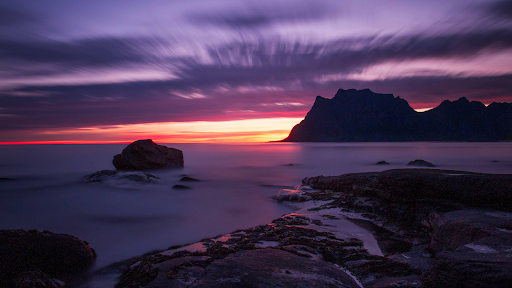
The Midnight Sun is caused by Iceland's location in the Northern Hemisphere, close to the Arctic Circle. During the summer months, the Earth's axial tilt means that the North Pole is tilted towards the sun. As a result, the sun never sets below the horizon in Iceland, creating a constant daylight that lasts for several weeks.
The Midnight Sun is not the only natural wonder that Iceland has to offer. The island is home to a vast array of geological features, including geysers, hot springs, and glaciers. Iceland sits on top of the Mid-Atlantic Ridge, a tectonic plate boundary that runs through the middle of the Atlantic Ocean. As a result, Iceland is one of the most volcanically active places on Earth, with over 130 volcanic mountains, many of which are still active today.
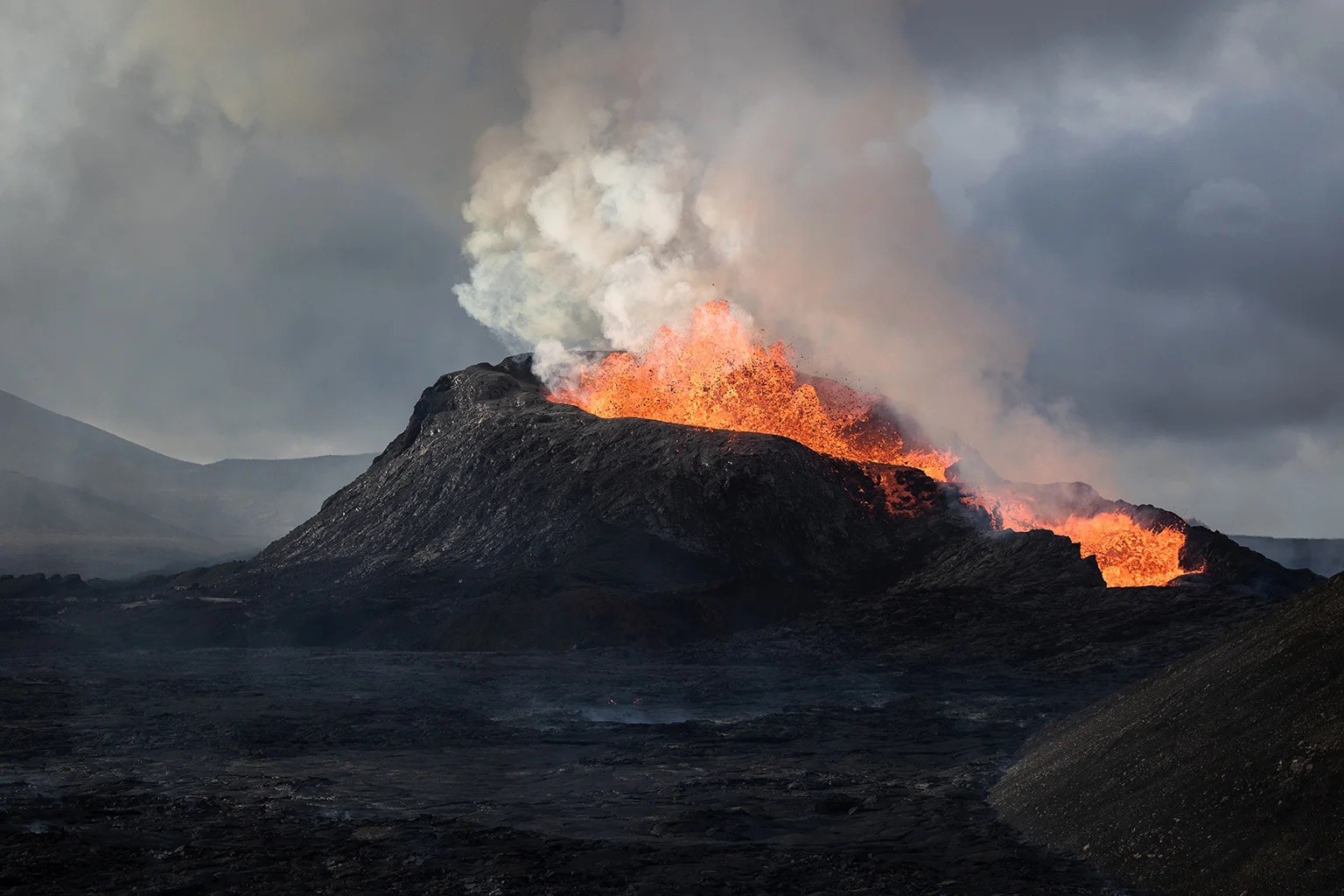
Perhaps the most famous of Iceland's geological features is the Blue Lagoon, a geothermal spa located in a lava field in the Reykjanes Peninsula. The Blue Lagoon is fed by geothermal seawater, which is rich in minerals and has a soothing effect on the skin. Visitors can relax in the warm waters of the lagoon, surrounded by the otherworldly landscape of black lava rocks and steam vents.
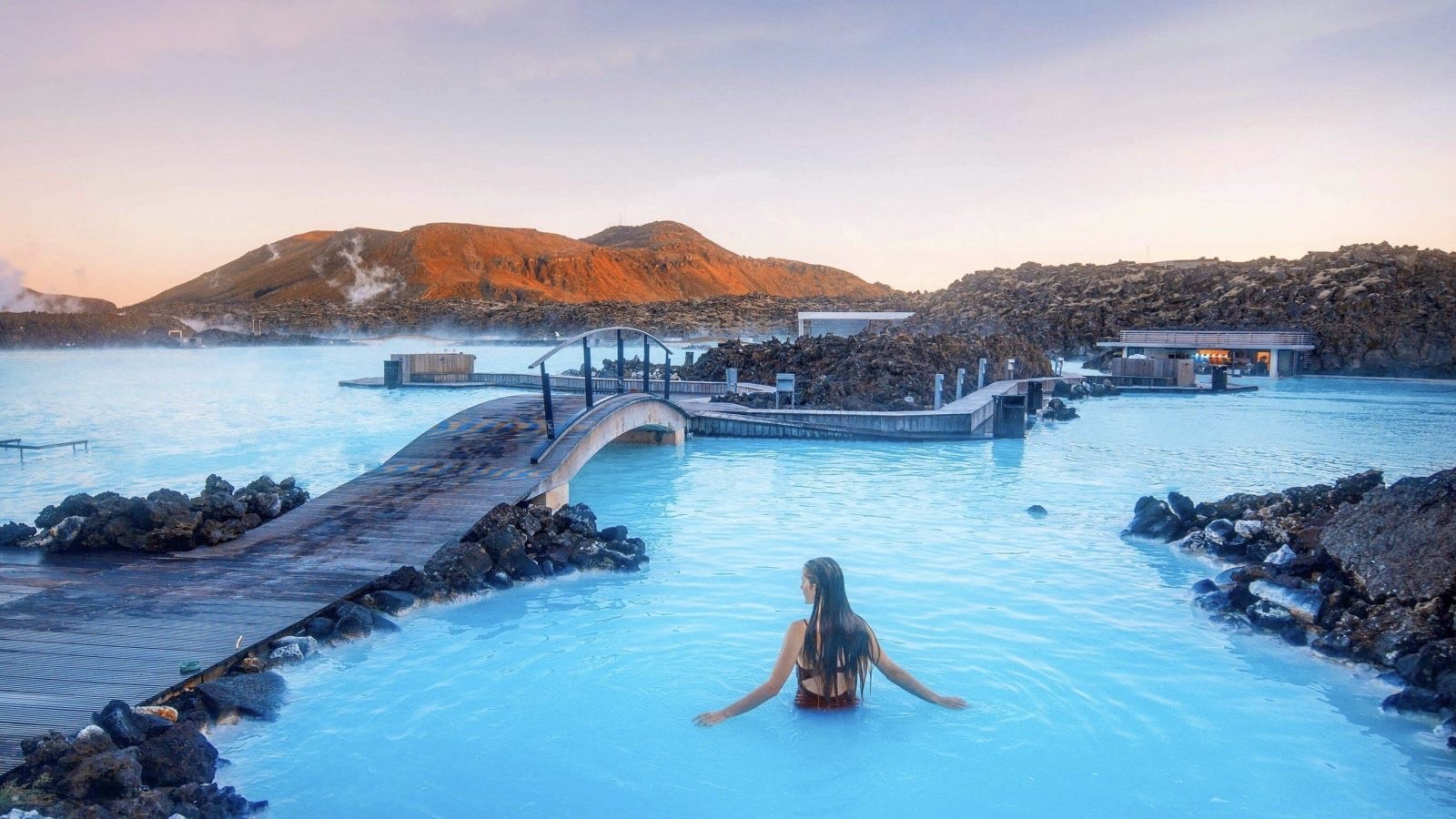
Iceland is also home to some of the most spectacular waterfalls in the world, including Gullfoss, Skógafoss, and Seljalandsfoss. These waterfalls are fed by glacial rivers that originate from Iceland's vast glaciers, which cover over 11% of the island's surface area. These glaciers are also popular destinations for visitors, who can go hiking, snowmobiling, and even ice climbing on their frozen slopes.
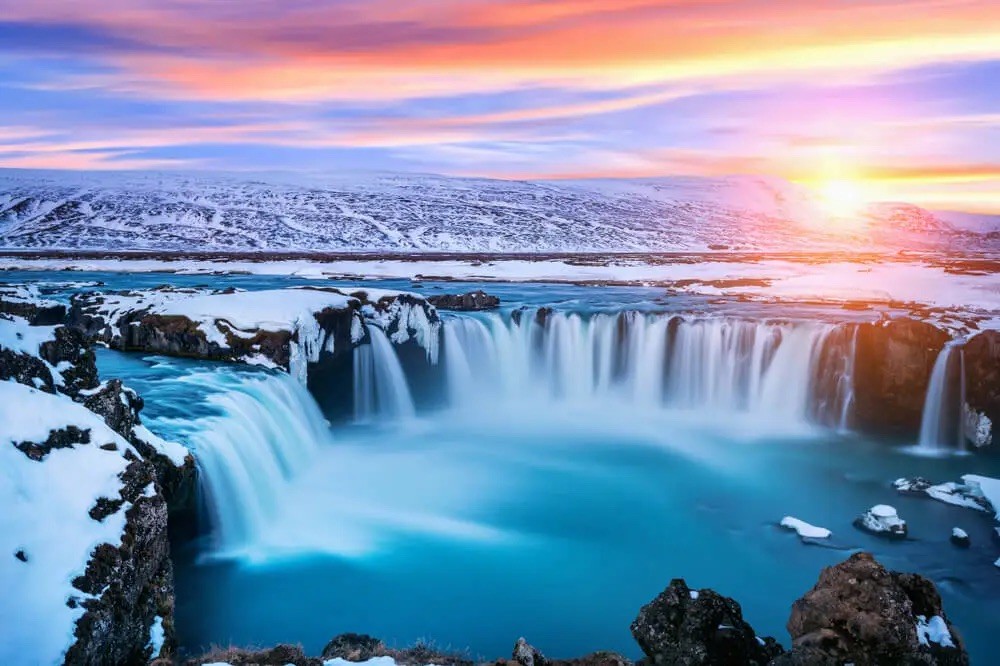
Despite its small size, Iceland has a rich history and culture. The island was settled by Norse Vikings in the 9th century, and their descendants still make up a significant portion of the population today. Iceland is also home to the world's oldest parliament, the Alþingi, which was founded in 930 AD.
In recent years, Iceland has become a popular destination for tourists from all over the world. The island's unique natural wonders, combined with its rich history and culture, make it a fascinating place to visit. Whether you are interested in hiking, sightseeing, or simply soaking in a geothermal spa, Iceland has something to offer everyone. And if you visit during the summer months, you may even get to experience the land where the sun doesn't go down.
Image source: Internet.

